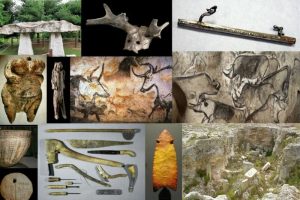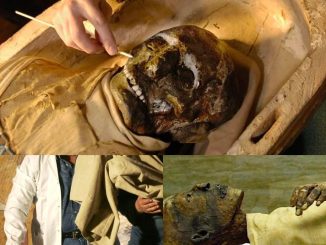This helmet and the pair of greaves (shin guard), or cnemids, complementing it belong to the key elements of a panoply, the set of offensive and defensive arms that a Greek warrior would have used in combat. The complete panoply would have typically also included a spear, a shield, and a sword.
The helmet dates from the late Archaic period (ca. 700–480 B.C.) and is a late example of a type now generally known as Corinthian, which was popular in Greece and in territories colonized by or in regular contact with the Greeks.

It is distinctive among the many Corinthian-type specimens known to survive for the elliptical form of the openings for the eyes, and the presence of cut outs for the ears.

These features may have been inspired by the design of a contemporaneous type of helmet, which is generally known today as Chalcidian. The decoration of the brow with affronted serpents is similar in character to that of two Corinthian-type helmets now preserved in the Archeological Museum, Olympia, Greece (inv. B 5095), and the Antikenmuseum, Kassel, Germany (inv. Br. 703, 1), respectively.

The greaves are notable for the expert modelling of anatomical detail, and the rejection of any other form of ornamentation, which are key features of a style favored during the early Classical period (ca. 480–323 B.C.).

The helmet and greaves thus represent the culmination of a tradition (the final stage in the development of the Corinthian type during the late Archaic period) and the beginning of another (emergence of a style of anatomical greaves during the early Classical period), respectively. Although largely independent from one another and representing different directions of change, these stylistic developments were concomitant and compatible with another, as is demonstrated by the find of a comparable late Corinthian-type of helmet and pair of greaves in a tomb at Montagno di Marzo in Sicily.

The elements under discussion, which are said to have originally been discovered in Sicily, may be the remnants of a similar panoply that documents a momentous transition in the defensive equipment of warriors in Magna Graecia at the turn of the fifth century B.C.








